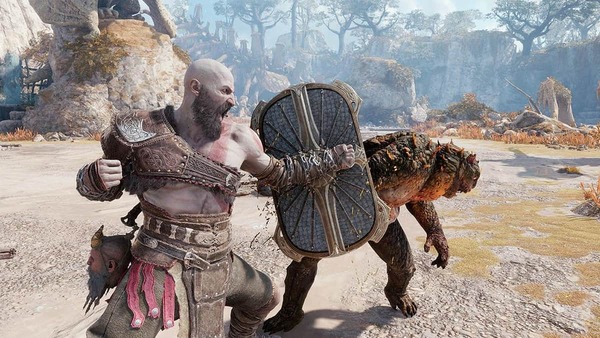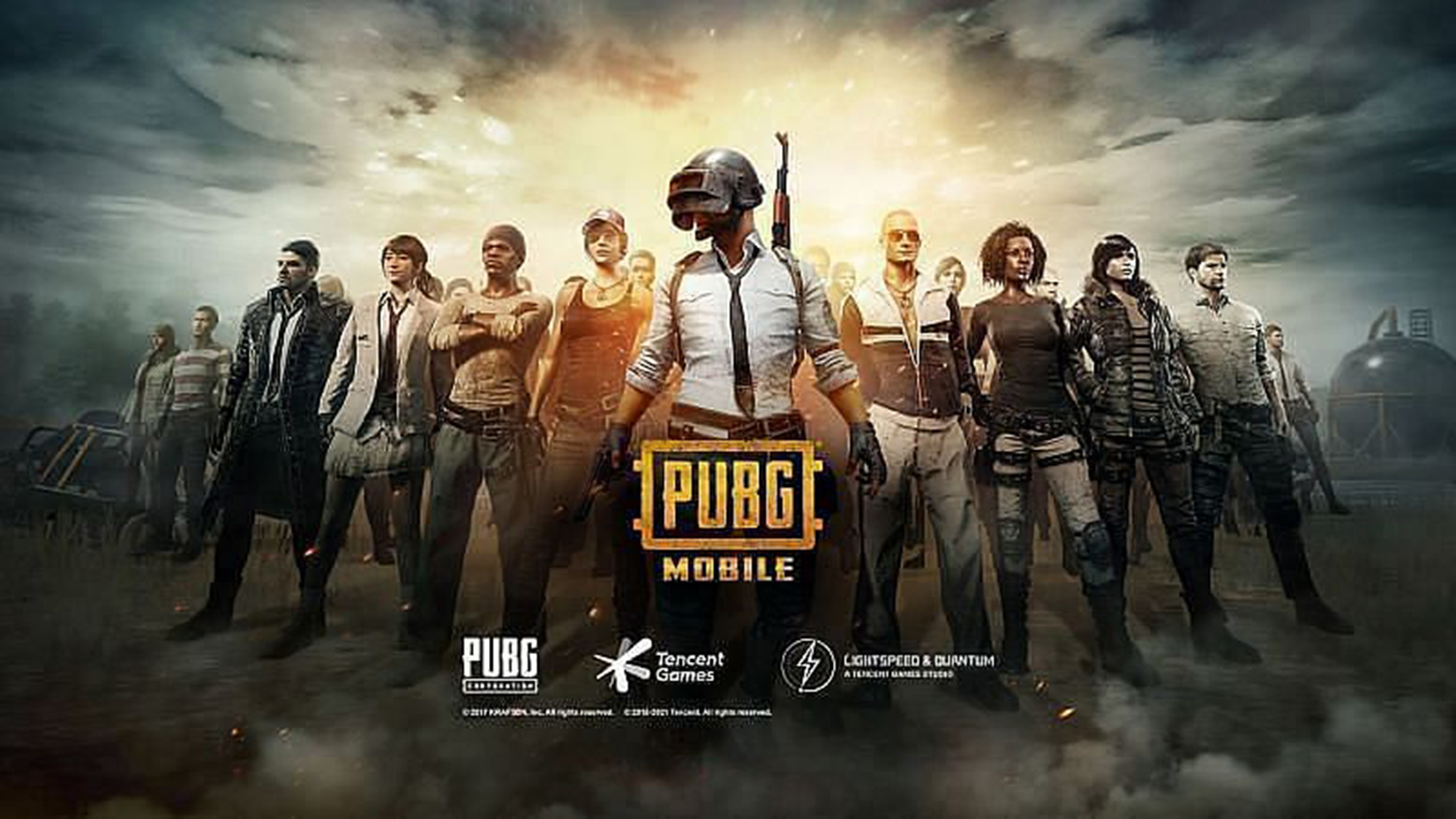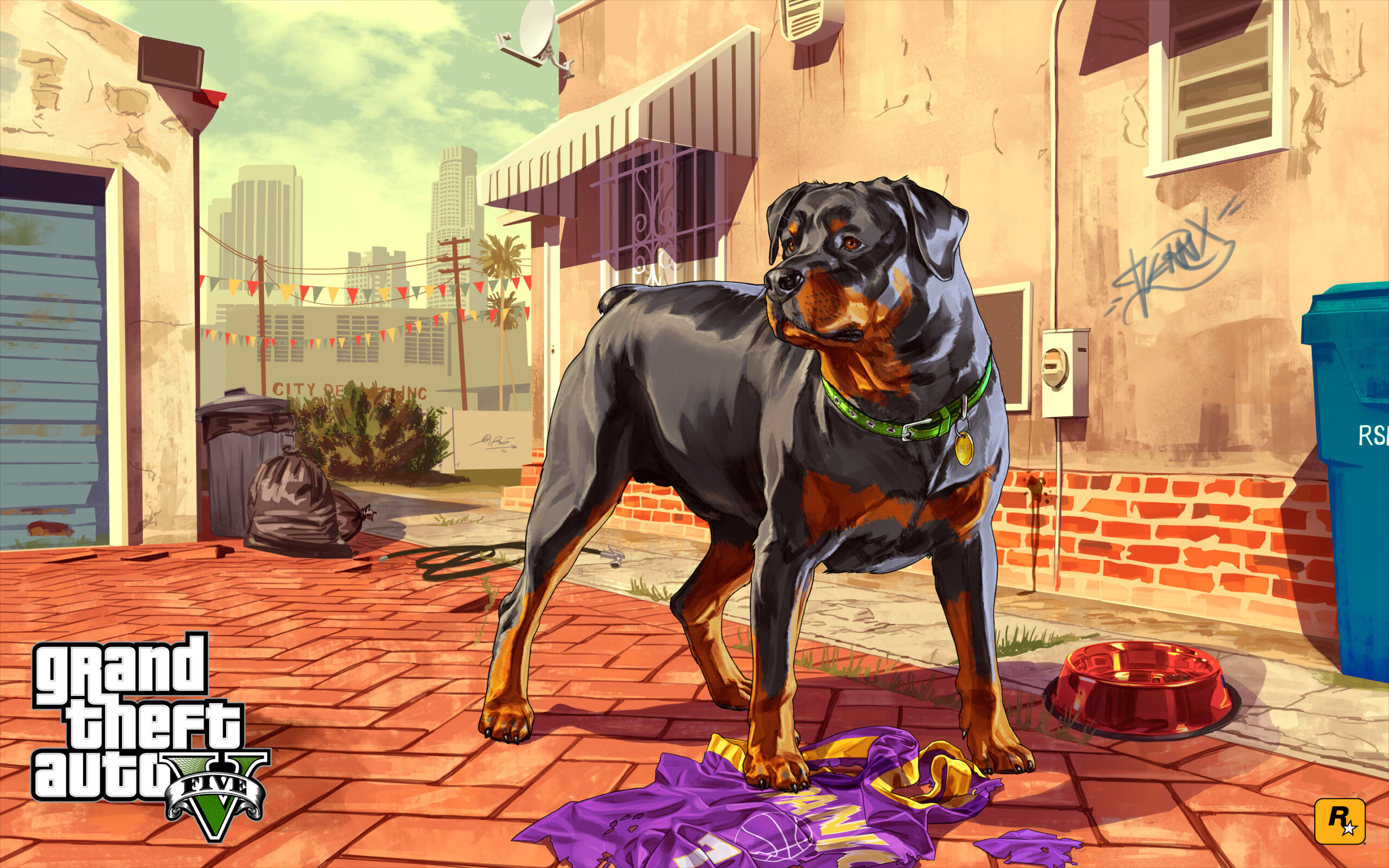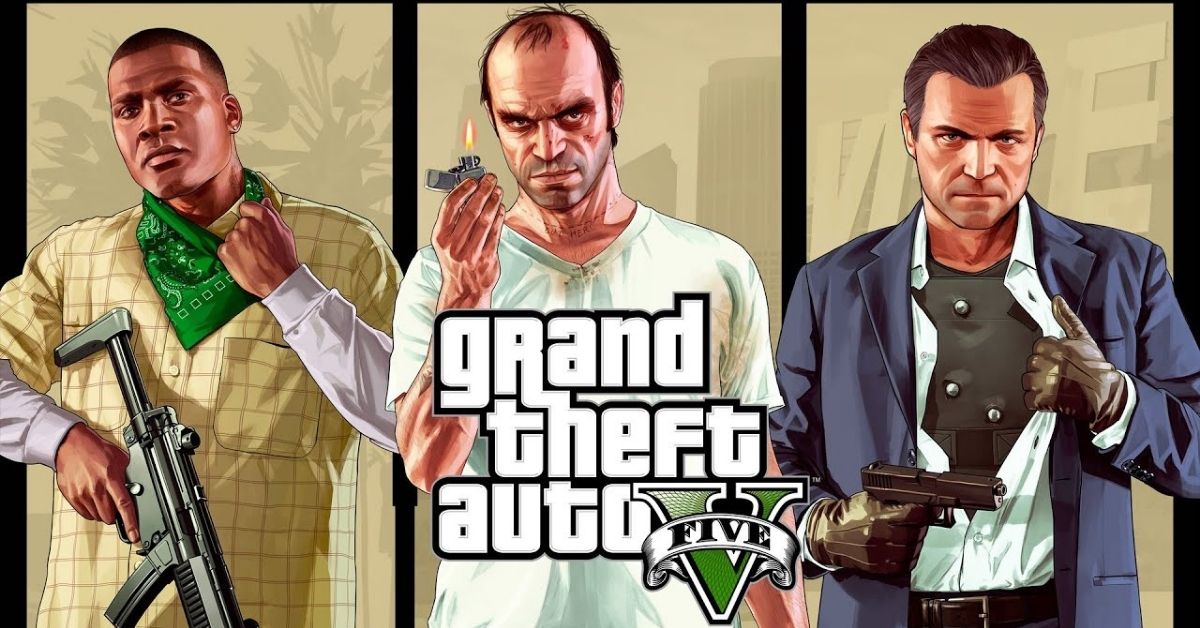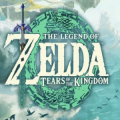Advertisement
Popular Now
Candy Crush Saga, the iconic mobile puzzle game developed by King, has captivated millions of players worldwide since its debut in 2012. With its engaging mechanics and addictive gameplay, it has become a staple of mobile gaming, offering a colorful and challenging experience for both casual and dedicated players. This article takes a deep dive into the evolution of Candy Crush Saga, exploring its history, gameplay mechanics, impact on the gaming world, and how it continues to captivate players today. Along the way, we'll touch on various aspects such as the game's monetization strategy, its social elements, and how it fits into the broader mobile gaming landscape.
 The core gameplay of Candy Crush Saga revolves around swapping candies to match three or more of the same color. Players must complete specific objectives in each level, such as clearing jelly, collecting ingredients, or reaching a certain score. As players progress through the levels, the difficulty increases, introducing new elements such as chocolate blocks, licorice, and other obstacles that complicate the gameplay.
The core gameplay of Candy Crush Saga revolves around swapping candies to match three or more of the same color. Players must complete specific objectives in each level, such as clearing jelly, collecting ingredients, or reaching a certain score. As players progress through the levels, the difficulty increases, introducing new elements such as chocolate blocks, licorice, and other obstacles that complicate the gameplay.
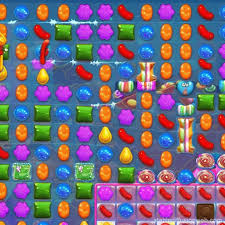 As players progress through Candy Crush Saga, they encounter various obstacles that make the gameplay more challenging. These obstacles come in the form of blockers, such as chocolate, licorice, or meringue, that prevent players from matching candies and completing their objectives. Some levels also introduce time limits, requiring players to complete their objectives before the clock runs out. These challenges are designed to test the player's skills, patience, and ability to think strategically under pressure.
As players progress through Candy Crush Saga, they encounter various obstacles that make the gameplay more challenging. These obstacles come in the form of blockers, such as chocolate, licorice, or meringue, that prevent players from matching candies and completing their objectives. Some levels also introduce time limits, requiring players to complete their objectives before the clock runs out. These challenges are designed to test the player's skills, patience, and ability to think strategically under pressure.
History of Candy Crush Saga: The Sweet Beginnings
The story of Candy Crush Saga began in 2012, when King, a mobile game developer, released the game on Facebook. It was a strategic move that capitalized on the rising popularity of social media games. The game quickly gained traction, drawing players with its combination of simple match-3 gameplay and bright, colorful visuals. Within months of its release, Candy Crush became one of the most played games on Facebook, with millions of active players joining the fun. Originally, the game was designed with the goal of creating a casual experience that anyone could enjoy, regardless of their gaming background. The match-3 mechanic, where players swap adjacent candies to create a row of three or more matching items, was simple yet addictive. This, combined with increasingly challenging levels and the introduction of boosters, kept players coming back for more. Soon, Candy Crush Saga transitioned from a Facebook game to mobile platforms, further expanding its reach and solidifying its position as a global phenomenon.Gameplay Mechanics: Simple Yet Addictive
 The core gameplay of Candy Crush Saga revolves around swapping candies to match three or more of the same color. Players must complete specific objectives in each level, such as clearing jelly, collecting ingredients, or reaching a certain score. As players progress through the levels, the difficulty increases, introducing new elements such as chocolate blocks, licorice, and other obstacles that complicate the gameplay.
The core gameplay of Candy Crush Saga revolves around swapping candies to match three or more of the same color. Players must complete specific objectives in each level, such as clearing jelly, collecting ingredients, or reaching a certain score. As players progress through the levels, the difficulty increases, introducing new elements such as chocolate blocks, licorice, and other obstacles that complicate the gameplay.
Monetization Strategy: Free-to-Play Model with In-App Purchases
Candy Crush Saga follows a popular monetization model used by many free-to-play mobile games: offering the game for free while generating revenue through in-app purchases. The game’s primary source of income comes from players who purchase boosters, extra lives, or special power-ups to help them progress through difficult levels. The game also uses a time-based mechanic where players have to wait for their lives to replenish, creating an incentive for players to spend money to continue playing without interruptions.Social Integration: Connecting with Friends
One of the defining features of Candy Crush Saga is its social integration. The game allows players to connect with their Facebook friends, allowing them to compete for high scores, send and receive lives, and share their progress. This social element not only adds a competitive edge to the game but also creates a sense of community among players. Players can compare their achievements, send each other help, and even see how their friends are progressing through the levels.Challenges and Obstacles: The Path to Success
 As players progress through Candy Crush Saga, they encounter various obstacles that make the gameplay more challenging. These obstacles come in the form of blockers, such as chocolate, licorice, or meringue, that prevent players from matching candies and completing their objectives. Some levels also introduce time limits, requiring players to complete their objectives before the clock runs out. These challenges are designed to test the player's skills, patience, and ability to think strategically under pressure.
As players progress through Candy Crush Saga, they encounter various obstacles that make the gameplay more challenging. These obstacles come in the form of blockers, such as chocolate, licorice, or meringue, that prevent players from matching candies and completing their objectives. Some levels also introduce time limits, requiring players to complete their objectives before the clock runs out. These challenges are designed to test the player's skills, patience, and ability to think strategically under pressure.














